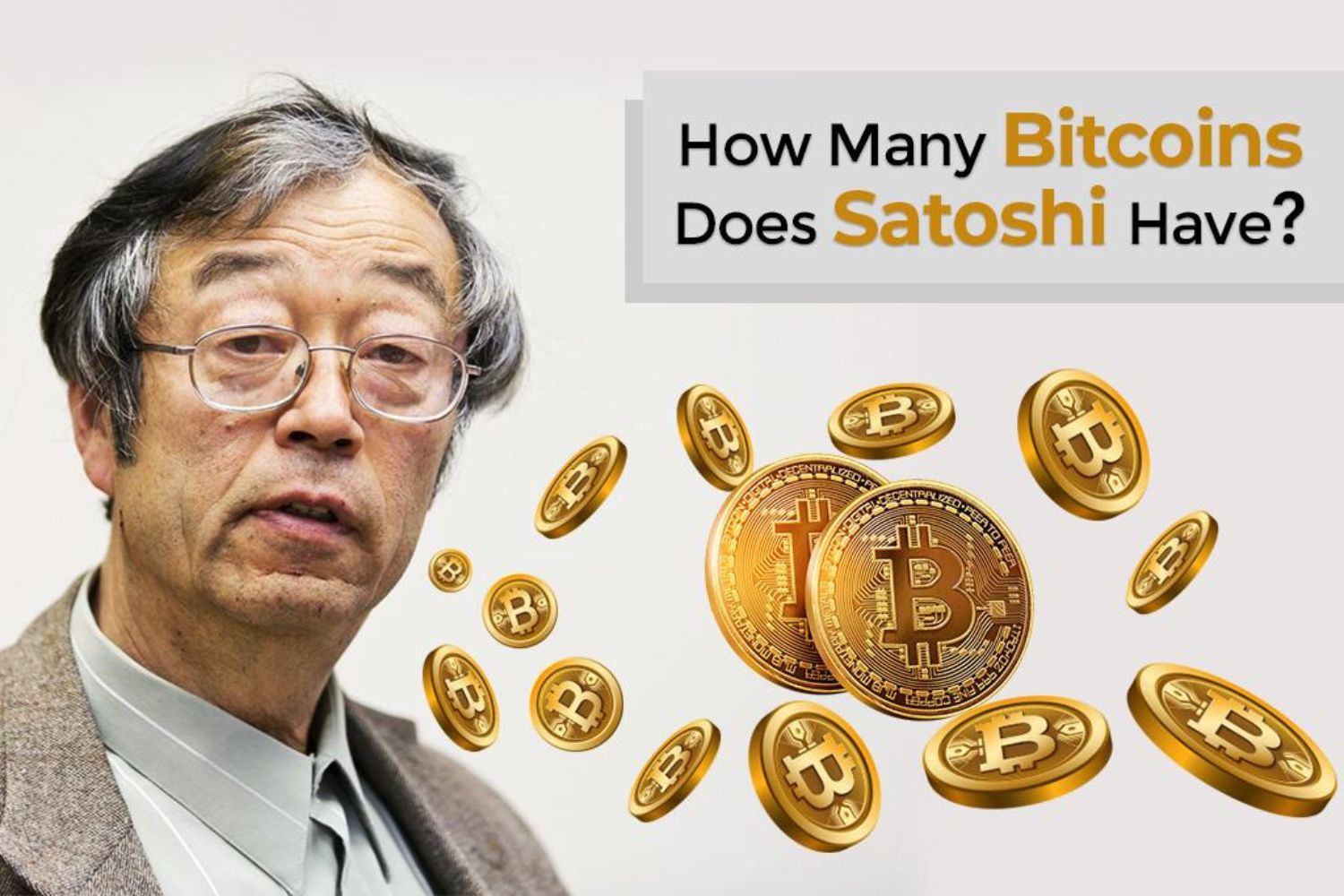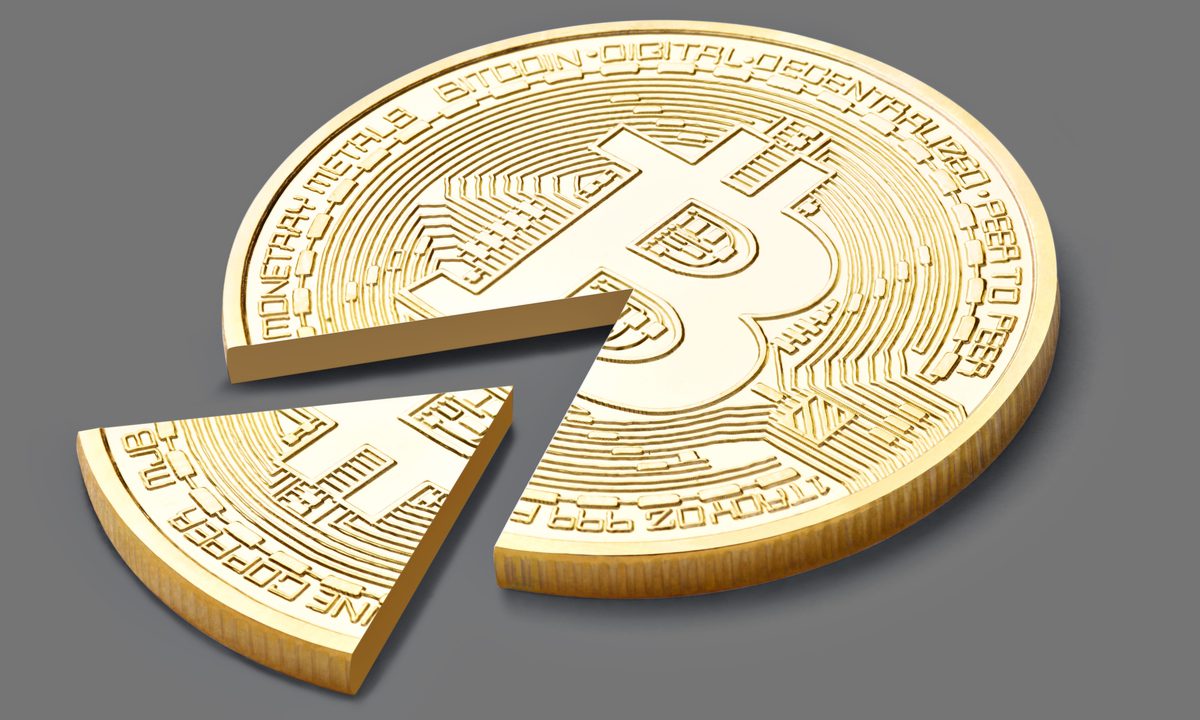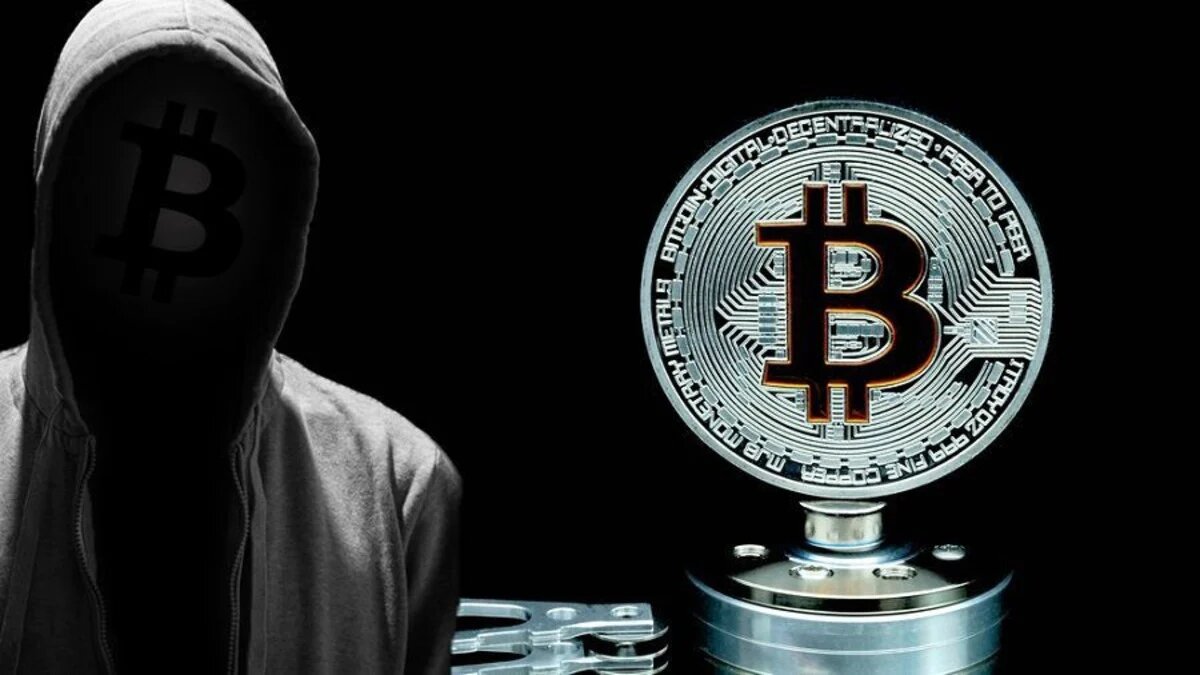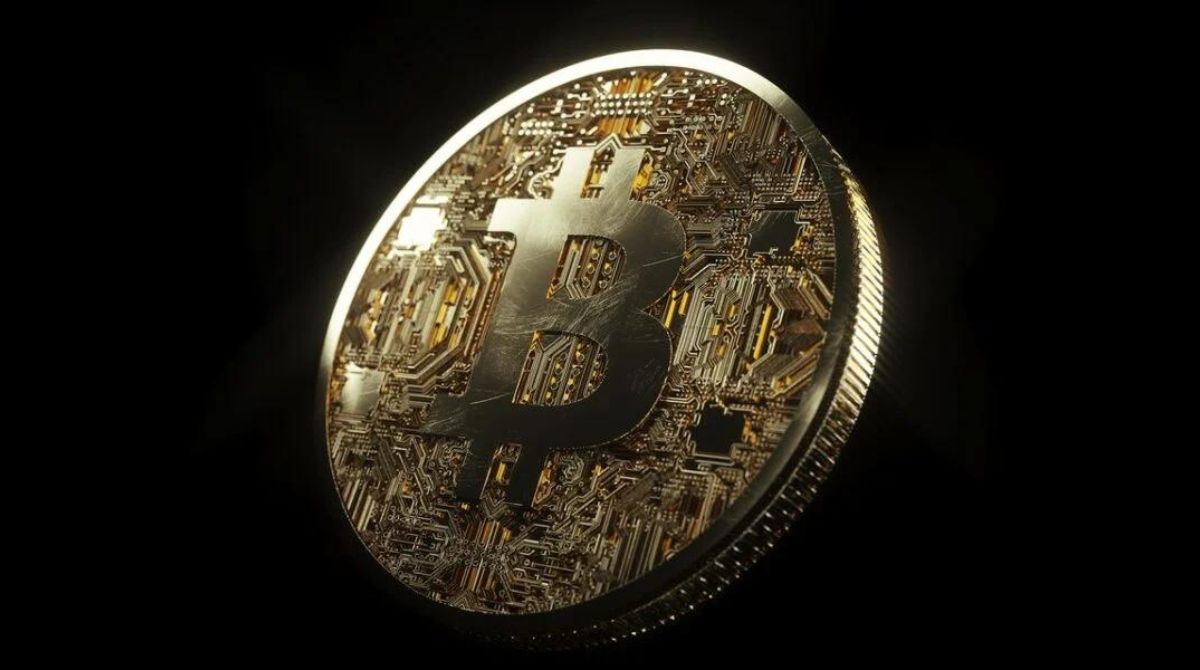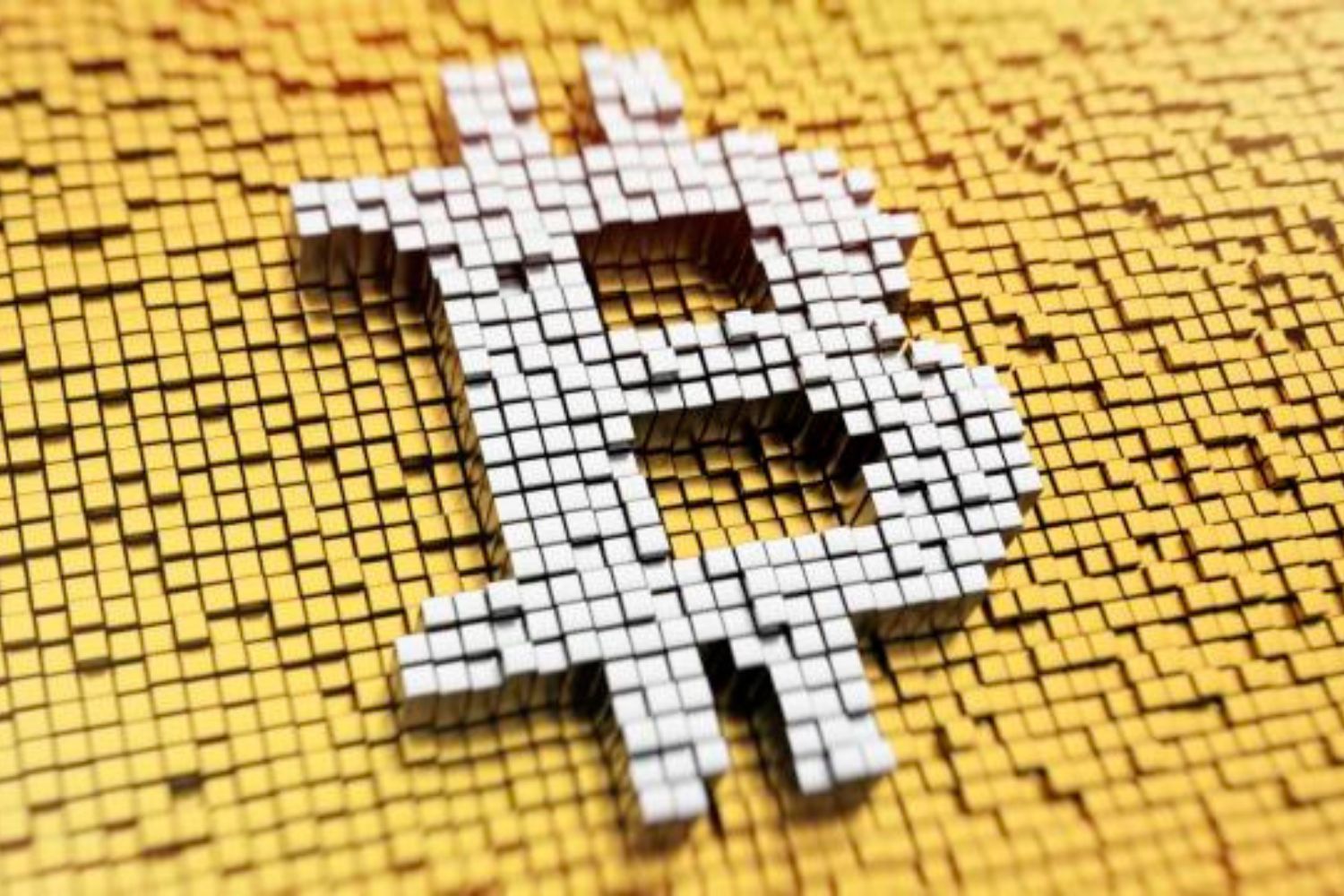Introduction
The world of cryptocurrency is filled with mysteries, but none perhaps as intriguing as the enigma surrounding Satoshi Nakamoto, the creator of Bitcoin. Since the inception of Bitcoin in 2009, Satoshi Nakamoto’s true identity has remained shrouded in secrecy. While the identity of this brilliant mind remains unknown, one question that has captivated the cryptocurrency community is: how many Bitcoin does Satoshi have?
Satoshi Nakamoto’s creation of Bitcoin revolutionized the financial world, introducing the concept of a decentralized digital currency. However, what many people may not realize is that Satoshi himself holds a sizable amount of Bitcoin. This revelation has sparked curiosity and speculation about the possible motivations behind Satoshi’s decision to keep such a significant portion of the most valuable cryptocurrency in existence.
Uncovering the exact number of Bitcoin in Satoshi’s possession is a challenging task. Various theories and calculations have been put forth by cryptocurrency enthusiasts and experts alike. In this article, we will delve into the mysteries surrounding Satoshi’s Bitcoin holdings, evaluate the existing clues and speculations, and explore the potential impact of Satoshi’s wealth on the cryptocurrency market.
Through careful analysis and examination of available evidence, we hope to shed some light on the question that has puzzled the crypto community for years: how many Bitcoin does Satoshi Nakamoto actually have?
Who is Satoshi Nakamoto?
The identity of Satoshi Nakamoto remains one of the greatest mysteries in the world of cryptocurrency. It is believed to be a pseudonym used by the person or group responsible for creating Bitcoin. Since the publication of the Bitcoin whitepaper in 2008, Satoshi Nakamoto has kept a low profile and has not made any public appearances or statements.
While there have been numerous theories and speculations about the true identity of Satoshi Nakamoto, no conclusive evidence has been presented to definitively reveal who Satoshi is. Some have suggested that Satoshi Nakamoto is an individual genius, while others believe that Satoshi is a collective effort involving multiple people.
The reason behind Satoshi Nakamoto’s decision to remain anonymous is still a subject of debate. Some speculate that it was to protect their privacy and avoid potential legal and regulatory issues associated with being the creator of a digital currency that has gained worldwide attention.
Over the years, there have been several individuals who have been mistakenly identified as Satoshi Nakamoto. Satoshi’s true identity, however, remains elusive. The lack of concrete information has fueled curiosity and sparked widespread interest in the quest to discover who is behind the pseudonym.
Despite the mystery surrounding Satoshi Nakamoto’s identity, there is no denying the immense impact that this anonymous creator has had on the world of finance. The creation of Bitcoin revolutionized the concept of money and introduced blockchain technology, which has since been adopted by numerous industries beyond cryptocurrency.
While the true identity of Satoshi Nakamoto remains unknown, the legacy left by this mysterious figure continues to shape the future of digital currencies and decentralized technologies. The impact of Satoshi’s creation cannot be overstated, and the fascination with uncovering the person or group behind the pseudonym remains a compelling topic of discussion in the cryptocurrency community.
The Mystery of Satoshi’s Bitcoin Holdings
One of the most intriguing aspects of Satoshi Nakamoto’s identity is the mystery surrounding their Bitcoin holdings. It is widely believed that Satoshi mined a significant amount of Bitcoin in the early days of its existence, when mining was relatively easy and the value of Bitcoin was negligible.
Estimating the exact number of Bitcoin in Satoshi’s possession is a challenging task. Several methods have been used to analyze the early blocks mined by Satoshi, as well as the transactions associated with the addresses believed to be connected to them. However, these methods can only provide rough estimates and are prone to errors and uncertainties.
Some researchers have estimated that Satoshi may possess around 1 million Bitcoins, which would make them one of the wealthiest individuals in the world. Others believe that the actual amount may be lower, considering the possibility of lost or inaccessible wallet keys.
Despite the efforts to track Satoshi’s Bitcoin holdings, there are still many unknowns. It is unclear if Satoshi has moved any of their Bitcoins or if they are still in possession of the original wallet. The lack of movement from these addresses has led to further speculation about Satoshi’s intentions and motivations.
One possible explanation for Satoshi’s decision to hold onto their Bitcoin could be their belief in the long-term potential of the cryptocurrency. By keeping a significant amount of Bitcoin, Satoshi may have wanted to ensure the success and stability of the digital currency, rather than using it for personal gain.
Another theory is that Satoshi’s Bitcoin holdings may act as a safeguard for the future development of Bitcoin. By holding a substantial amount of the cryptocurrency, Satoshi could potentially influence the direction and decisions made within the Bitcoin community. This speculation has spurred debates about the decentralized nature of Bitcoin and the possible influence of a single entity on the entire ecosystem.
The mystery surrounding Satoshi’s Bitcoin holdings adds to the enigma surrounding the anonymous creator. It leaves us with more questions than answers, fueling ongoing curiosity and fascination within the cryptocurrency community.
Evaluating Clues and Speculations about Satoshi’s Wealth
Speculation about Satoshi Nakamoto’s wealth has been a topic of great interest within the cryptocurrency community. Through careful evaluation of available clues and evidence, enthusiasts and researchers have attempted to unravel the extent of Satoshi’s Bitcoin holdings.
One approach to estimating Satoshi’s wealth is to analyze the early blocks mined by Satoshi. By examining the coinbase transactions in these blocks, researchers have tried to determine the number of Bitcoins that were mined and potentially owned by Satoshi. However, this method is not without its challenges, as it does not provide a definitive answer and is prone to errors and inaccuracies.
Another clue that has garnered attention is the existence of certain Bitcoin addresses believed to be tied to Satoshi. Transactions linked to these addresses, although infrequent, have led to discussions and speculation about Satoshi’s activity. However, it remains difficult to ascertain whether these addresses are indeed owned by Satoshi or if they are merely coincidental.
Additionally, researchers have scrutinized the behavior and patterns exhibited by the addresses associated with Satoshi. The lack of movement, selling, or spending from these addresses has led some to propose theories about Satoshi’s intentions. Some speculate that Satoshi may have intentionally chosen not to spend their Bitcoin to avoid drawing attention or creating significant market fluctuations.
Despite diligent efforts to evaluate available clues, it is crucial to approach speculations about Satoshi’s wealth with skepticism. The anonymity surrounding Satoshi Nakamoto makes it challenging to gather concrete evidence, and any conclusive claims should be treated with caution.
It is important to recognize that the true motivation behind Satoshi’s decision to create Bitcoin and accumulate a significant amount of the cryptocurrency may never be fully understood. Whether it was a visionary act to revolutionize the financial system or simply a passion project, Satoshi’s impact on the world of cryptocurrencies remains undeniable.
While speculation about Satoshi’s wealth continues to spark interest and debate, it is essential to approach these discussions with a critical mindset, acknowledging the limitations of the available information and avoiding excessive reliance on conjecture.
Satoshi’s Potential Wallets and Their Significance
One of the key factors in understanding Satoshi Nakamoto’s Bitcoin holdings is the identification of potential wallets associated with the anonymous creator. Over the years, researchers and cryptocurrency enthusiasts have attempted to pinpoint these wallets and analyze their significance in unraveling the mystery surrounding Satoshi’s wealth.
One wallet that has attracted attention is known as the “1FLAMEN6K1FEnpTpSNa8ZdiBqJgrAnhM7b.” It is believed to be one of the first wallets used by Satoshi Nakamoto and is associated with the early blocks mined by the creator of Bitcoin. The significance of this wallet lies in its connection to the genesis block, which marks the beginning of the Bitcoin blockchain.
Another wallet pursued by investigators is the “1EHNa6Q4Jz2uvNExL497mE43ikXhwF6kZm.” This wallet gained prominence due to its association with a message embedded in the Bitcoin blockchain, which referenced a headline from The Times newspaper, “Chancellor on Brink of Second Bailout for Banks.” This message is considered a nod to the motivation behind creating Bitcoin and highlights Satoshi’s disapproval of the traditional financial system.
Despite these identified wallets, it is important to note that they may not necessarily represent the entire extent of Satoshi’s Bitcoin holdings. Satoshi could have used numerous wallets to store their wealth, making it difficult to ascertain the true scope of their wealth accurately.
Identifying and analyzing these potential wallets is significant because it provides insights into the early days of Bitcoin and Satoshi’s involvement. It offers a glimpse into the accumulation of wealth by the anonymous creator and potentially sheds light on their intentions and motivations.
However, it is important to approach these wallet identifications with caution. While they may suggest connections to Satoshi Nakamoto, there is no definitive proof that these wallets are indeed owned by the anonymous creator. The nature of blockchain technology allows for pseudonymity, making it challenging to establish a direct link between any entity and their wallet address.
Ultimately, the identification and analysis of potential wallets associated with Satoshi Nakamoto serve as pieces of a larger puzzle, offering tantalizing clues but lacking the complete picture. The significance lies in their potential to contribute to our understanding of Satoshi’s Bitcoin holdings and the impact of their decisions on the world of cryptocurrencies.
Analysis of Transactions Linked to Satoshi
As researchers and cryptocurrency enthusiasts strive to uncover the mystery surrounding Satoshi Nakamoto’s Bitcoin holdings, one area of focus has been the analysis of transactions linked to the anonymous creator. By examining these transactions, valuable insights can be gleaned about Satoshi’s activity and potential intentions.
One striking aspect of Satoshi’s Bitcoin transactions is the minimal movement of funds since the early days of Bitcoin. It is believed that Satoshi mined a significant number of Bitcoins in the early years and has not made substantial transfers or spent a large portion of their holdings. This lack of activity has led to speculation about Satoshi’s reasoning behind this decision.
Satoshi’s inactivity could be attributed to various factors. Some suggest that Satoshi intentionally refrains from spending their Bitcoin to avoid drawing attention or potential legal and regulatory complications. By keeping a low profile and not accessing their Bitcoin, Satoshi has maintained their anonymity and preserved the decentralized nature of Bitcoin.
Another analysis focuses on the pattern of transactions associated with the addresses believed to be connected to Satoshi. Researchers have observed that the transactions linked to these addresses often involve precise amounts of Bitcoin, which has led to theories that Satoshi used custom software for these transactions. This attention to detail reinforces the notion that Satoshi was meticulous in their approach to the creation and management of Bitcoin.
Furthermore, the analysis of transactions linked to Satoshi can provide insights into potential partnerships or collaborations. Several transactions involving the early Bitcoin addresses have been linked to known entities such as the cryptocurrency exchange Mt. Gox, leading researchers to speculate about these possible connections. However, it is important to approach these associations with caution, as they may be coincidental or unrelated to Satoshi Nakamoto.
While the analysis of transactions linked to Satoshi provides intriguing clues and speculations, it is crucial to acknowledge the inherent limitations in definitively identifying the transactions of an anonymous creator. The pseudonymous nature of Bitcoin and the decentralized blockchain make it challenging to conclusively link transactions to specific individuals.
Nevertheless, the analysis of transactions associated with Satoshi Nakamoto remains a significant avenue of exploration for researchers and enthusiasts. It offers valuable insights into Satoshi’s activity and can contribute to our understanding of the motivations and intentions behind Bitcoin’s creation.
Theories Surrounding Satoshi’s Motivations for Not Spending
The decision by Satoshi Nakamoto, the anonymous creator of Bitcoin, to not spend a significant portion of their Bitcoin holdings has sparked theories and speculation within the cryptocurrency community. Numerous hypotheses have emerged, attempting to uncover Satoshi’s motivations behind this deliberate choice.
One prevailing theory is that Satoshi’s reluctance to spend their Bitcoin is rooted in a long-term vision for the digital currency. By refraining from selling or using their Bitcoin, Satoshi may have aimed to maintain stability in the early stages of the cryptocurrency’s development. This strategic move would prevent sudden price fluctuations and allow Bitcoin to gain broader acceptance as a reliable form of digital currency.
Another theory suggests that Satoshi’s decision aligns with their commitment to the principles of decentralization and financial sovereignty. By holding a significant amount of Bitcoin and not spending it, Satoshi may have aimed to prevent any central authority or individual from exerting control over the cryptocurrency. This approach reinforces the idea that Bitcoin is a truly decentralized system, governed by consensus rather than the actions of a single entity.
Some speculate that Satoshi’s choice to not spend their Bitcoin may also be influenced by privacy concerns. By refraining from using their Bitcoin, Satoshi could keep their identity hidden and avoid potential risks related to public exposure. Remaining anonymous allows Satoshi to avoid unwanted attention from authorities, regulators, or individuals who may seek to exploit their wealth.
Furthermore, it is possible that Satoshi’s decision to hold onto their Bitcoin reflects a belief in its long-term value. By maintaining control over a significant portion of the cryptocurrency, Satoshi may have anticipated its potential for substantial growth in the future. This theory suggests that Satoshi’s motivation is not merely financial gain but rather a conviction in the transformative potential of Bitcoin.
It is important to note that these theories are speculative and based on limited information about Satoshi’s motivations. The true intentions behind Satoshi’s decision to not spend their Bitcoin may never be definitively known. Satoshi’s continued absence from the public eye leaves room for interpretation and diverse speculations within the cryptocurrency community.
Regardless of the underlying motivations, Satoshi Nakamoto’s choice not to spend their Bitcoin has had a profound impact on the cryptocurrency’s perception, market dynamics, and adoption. It has also contributed to the enduring allure and fascination surrounding the enigmatic creator of Bitcoin.
Tracing Satoshi’s Influence on the Bitcoin Community
Satoshi Nakamoto, the mysterious creator of Bitcoin, has left an indelible mark on the cryptocurrency landscape. Despite their anonymity, Satoshi’s vision and contributions have had a profound and lasting influence on the Bitcoin community.
One of the key ways in which Satoshi has shaped the Bitcoin community is through the release of the Bitcoin whitepaper. This seminal document, published in 2008, introduced the concept of a decentralized digital currency and outlined the underlying technology of blockchain. Satoshi’s revolutionary ideas and design principles laid the foundation for the development and proliferation of cryptocurrencies worldwide.
Beyond the technical aspects, Satoshi’s influence extends to the ethos and philosophy of the Bitcoin community. The vision of creating a peer-to-peer, trustless, and censorship-resistant financial system resonates with many enthusiasts who champion the principles of financial freedom and decentralization.
Satoshi’s absence from the public eye has allowed the Bitcoin community to grow and evolve independently. This decentralized nature aligns with the principles laid out by Satoshi, promoting a sense of ownership and responsibility among Bitcoin users worldwide.
Satoshi’s decision to remain anonymous has also fostered a sense of decentralization within the Bitcoin community. By not having a central figure to guide or control the development of Bitcoin, the community has had the freedom to innovate and experiment. This distributed approach has led to the creation of numerous projects, applications, and advancements in the cryptocurrency space.
Furthermore, Satoshi’s ability to create a decentralized digital currency that operates without intermediaries has inspired the development of various altcoins and blockchain-based platforms. The success and impact of Bitcoin have paved the way for the emergence of a diverse ecosystem of cryptocurrencies and decentralized applications.
While Satoshi’s influence on the Bitcoin community is undeniable, it is worth noting that their impact extends beyond technology and ideology. Satoshi’s anonymous persona and the mystery surrounding their identity have captivated the imaginations of cryptocurrency enthusiasts, contributing to a sense of intrigue and curiosity that still persists today.
As the Bitcoin community continues to grow and evolve, Satoshi Nakamoto’s influence serves as a reminder of the transformative power of ideas. The legacy of Satoshi’s creation, Bitcoin, will continue to shape the future of finance, technology, and decentralized systems.
Impact of Satoshi’s Bitcoin Holdings on the Market
The sizeable Bitcoin holdings attributed to Satoshi Nakamoto, the anonymous creator of Bitcoin, have a significant impact on the cryptocurrency market. The potential influence of Satoshi’s wealth on the market dynamics and investor sentiments cannot be underestimated.
Firstly, the sheer amount of Bitcoin held by Satoshi gives rise to the possibility of significant market movements if these holdings were to be sold or distributed. The market perception of Satoshi’s intentions and actions can influence investor confidence and create fluctuations in Bitcoin’s value. Speculation about potential sell-offs or transfers can create volatility and shape market sentiment based on perceived predictions of Satoshi’s moves.
Secondly, Satoshi’s Bitcoin holdings act as a form of wealth distribution within the cryptocurrency ecosystem. In the early days of Bitcoin, when mining was relatively accessible, Satoshi effectively accumulated a disproportionate share of the total supply. While Bitcoin’s decentralized nature aims to avoid concentration of wealth, Satoshi’s holdings have an inherent impact on the distribution of Bitcoin’s value.
Furthermore, the significance of Satoshi’s holdings extends beyond their potential trading decisions. The mere existence of a substantial amount of Bitcoin owned by an anonymous entity adds to the perception of scarcity and scarcity’s impact on Bitcoin’s value proposition. It reinforces the belief that Bitcoin is finite and limited, contributing to the narrative that has made it an attractive store of value.
The influence of Satoshi’s Bitcoin holdings is not merely confined to price movements. The psychological impact on market participants and the broader cryptocurrency community plays a crucial role in shaping sentiment and market behavior. The knowledge that such a significant amount of Bitcoin is held by an unknown entity can create a sense of uncertainty and increase speculation about the intentions and potential actions of Satoshi.
It is worth noting that Satoshi’s decision to not spend or move their Bitcoin holdings since the creation of Bitcoin has created a sense of stability and trust in the market. The belief that Satoshi continues to hold a significant percentage of the total Bitcoin supply can instill confidence in the long-term prospects of the cryptocurrency among investors and enthusiasts alike.
Overall, Satoshi Nakamoto’s Bitcoin holdings have a profound impact on the cryptocurrency market. The sheer amount of Bitcoin held, coupled with the mystery surrounding Satoshi’s identity, creates a dynamic narrative that influences market sentiment and perception of Bitcoin’s value. Whether it be through potential trading decisions or the psychological impact of Satoshi’s presence, the influence of their Bitcoin holdings is a significant factor shaping the market ecosystem.
Conclusion
Satoshi Nakamoto, the enigmatic creator of Bitcoin, continues to captivate the cryptocurrency world with their anonymous identity and substantial Bitcoin holdings. The mysteries surrounding Satoshi’s Bitcoin wealth have sparked speculation and intense interest within the community.
While the exact number of Bitcoin held by Satoshi remains unknown, various theories and analyses have attempted to shed light on the extent of their holdings. Evaluating clues, analyzing transactions, and identifying potential wallets associated with Satoshi have provided valuable insights, but concrete evidence is elusive.
The decisions made by Satoshi Nakamoto, including the choice not to spend their Bitcoin and maintain a low profile, have had a profound impact on the Bitcoin community. Satoshi’s vision for a decentralized digital currency and their meticulous approach to design principles have laid the foundation for the growth and development of cryptocurrencies worldwide.
Satoshi’s influence extends beyond technology, shaping the ethos and philosophy of the community. The belief in financial freedom, decentralization, and the transformative power of blockchain technology can be traced back to the principles championed by Satoshi in the Bitcoin whitepaper.
The potential impact of Satoshi’s Bitcoin holdings on the market cannot be underestimated. The possibility of market movements and volatility stemming from their actions, along with the perception of wealth distribution and scarcity, adds to the dynamics of the cryptocurrency ecosystem. The psychological influence of Satoshi’s holdings cannot be overlooked, as their presence contributes to investor sentiment and market behavior.
As the cryptocurrency landscape continues to evolve, Satoshi Nakamoto’s legacy remains an enduring enigma. The impact of their creation, Bitcoin, and their significant Bitcoin holdings will continue to shape the future of digital currencies, blockchain technology, and decentralized systems.
While the mystery surrounding Satoshi Nakamoto’s true identity and their Bitcoin holdings may persist, their impact on the world of cryptocurrencies will continue to inspire innovation, discussion, and fascination for generations to come.







